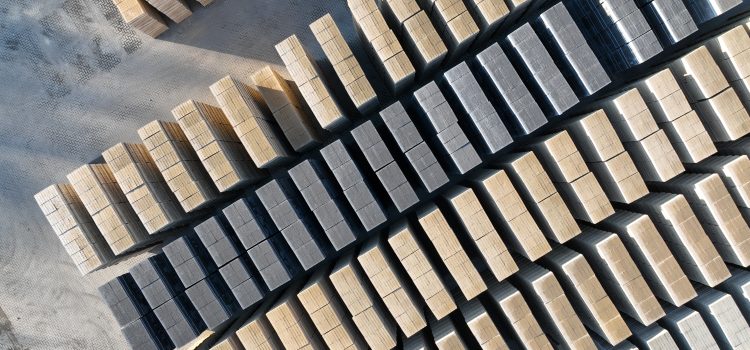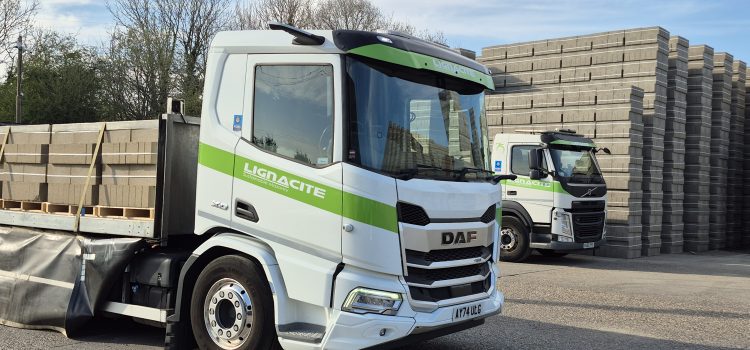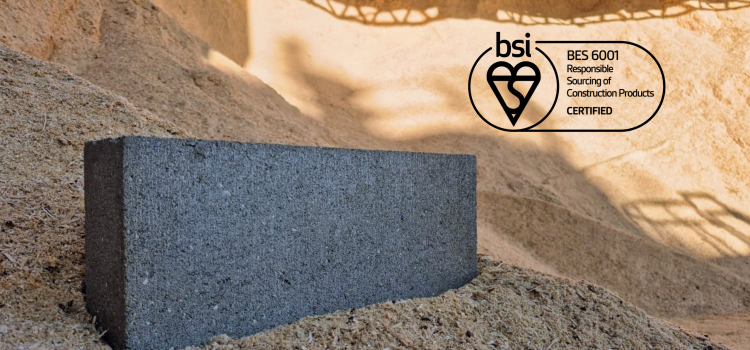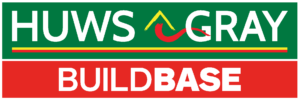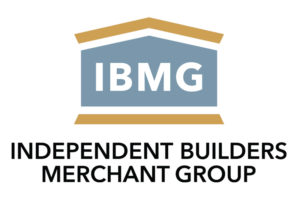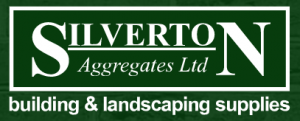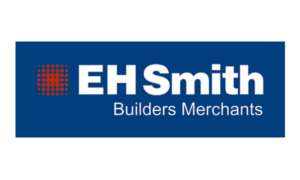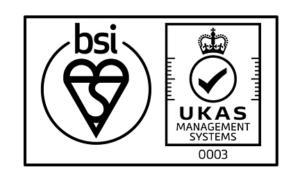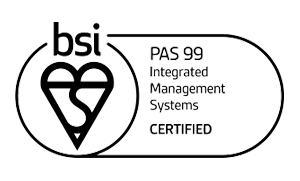Articles
The use of concrete blocks for fire break walls
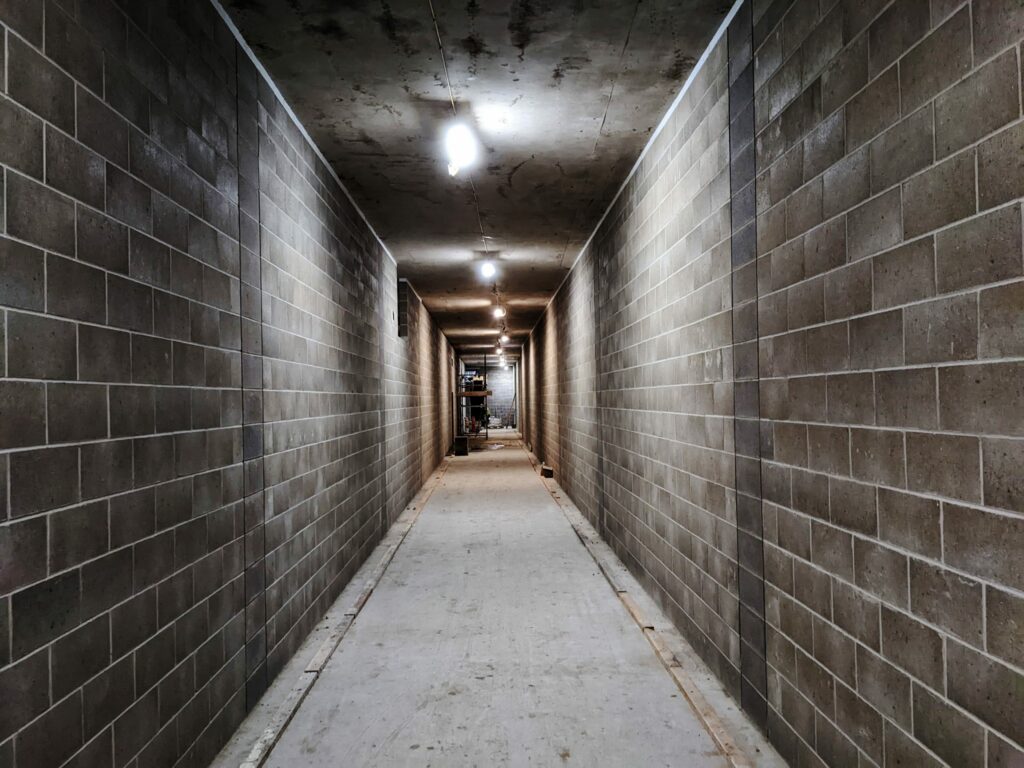
Posted by Lignacite
Fire safety is non-negotiable when designing buildings – and fire break walls play a key role in protecting lives and property. These walls act as barriers, slowing or preventing the spread of fire between dwellings or spaces within buildings, giving occupants valuable time to evacuate and helping to limit damage.
In this article, we’ll explore the use of concrete blocks for fire break walls, covering their suitability, how to select the right blocks for your project and the regulations you need to follow to build walls that effectively contain fire and protect structural integrity.
Can you use concrete blocks for fire break walls?
Yes, concrete blocks are suitable for fire break walls thanks to their excellent fire resistance. Classified as A1 non-combustible under European standards (EN 13501-1), they do not contribute to the spread of fire or release toxic gases or liquids when exposed to heat. This makes them an effective barrier for slowing or preventing the spread of fire.
Beyond their fire-resistant properties, concrete blocks offer additional benefits. They are cost-effective, easy to install and versatile, making them a popular building material for residential, commercial and industrial construction. For example, they are often used in fire break walls within high-risk areas of factories or as party walls in multi-unit residential buildings.
Selecting a block for fire break walls
When choosing a concrete block for fire break walls, you must make sure it complies with current Building Regulations. Specifically, it must meet the requirements of Approved Document B, which stipulates that concrete block walls provide at least one hour of fire separation.
Most concrete blocks with a minimum thickness of 100mm will provide at least 2 hours fire protection. Other considerations, such as stability or sound insulation, will usually result in a greater wall thickness being required. Blockwork of 140mm thickness and above can provide in excess of 3 hours fire resistance.
Fire break wall construction using concrete blocks
Concrete block fire break walls in the UK should be at least 100mm thick to satisfy fire safety standards. If they are loadbearing, they must be built on suitable foundations to ensure structural integrity and provide sufficient compressive strength for the chosen application.
Where possible, keep the number of pipes, cables and ducts passing through fire break walls to a minimum. Where unavoidable, use suitable fire collars or sleeves to prevent fire spread through any gaps they create. Additionally, install appropriate fire doors to avoid a reduction in effectiveness.
Proper fire-stopping measures must also be implemented to ensure fire resistance. This includes sealing gaps, junctions, joints and cavities with fire-resistant materials. For example, gaps around fire doors should be sealed with an intumescent fire strip. When exposed to heat, these strips expand, limiting the spread of fire and smoke for a specified period of time.
Cavity barriers must also be installed at the building’s perimeter and at required junctions e.g. between an intermediate floor and an external wall, or between a roof and a separating wall, to limit the spread of fire. These barriers are typically made from mineral wool or intumescent materials, which expand when exposed to heat to form an effective fire barrier.
The blockwork alone can usually meet the required fire periods, so it is not necessary to add special fire grade plasterboard or other linings fixed to walls.
Fire safety standards when using concrete blocks for fire break walls
Compliance with fire safety standards is essential when using concrete blocks for fire break walls. Approved Document B of the Building Regulations provides comprehensive guidance for both domestic and non-domestic buildings. It specifies the fire resistance periods required for fire break walls, typically 60 or 120 minutes, depending on the building type and use.
In addition to Approved Document B, BS 476 and EN 13501-2 are key standards for fire safety. These outline testing methods and classification systems for building materials, ensuring that fire break walls meet requirements for fire containment, structural integrity and the safety of building occupants.
Authoritative fire resistance data is also provided by the Masonry Eurocode, EN-1996-1-2, a source of information that is widely used by the masonry industry.
By adhering to these standards, concrete blocks are a reliable solution for creating fire break walls that meet regulatory requirements and enhance overall building safety.
Find out more
Concrete blocks are an excellent choice for constructing fire break walls, offering outstanding fire resistance, durability and versatility to meet the most stringent safety standards. Whether you're working on a residential, commercial, or industrial project, explore our range of fire-resistant concrete blocks by visiting our product pages or getting in touch with our team today.
